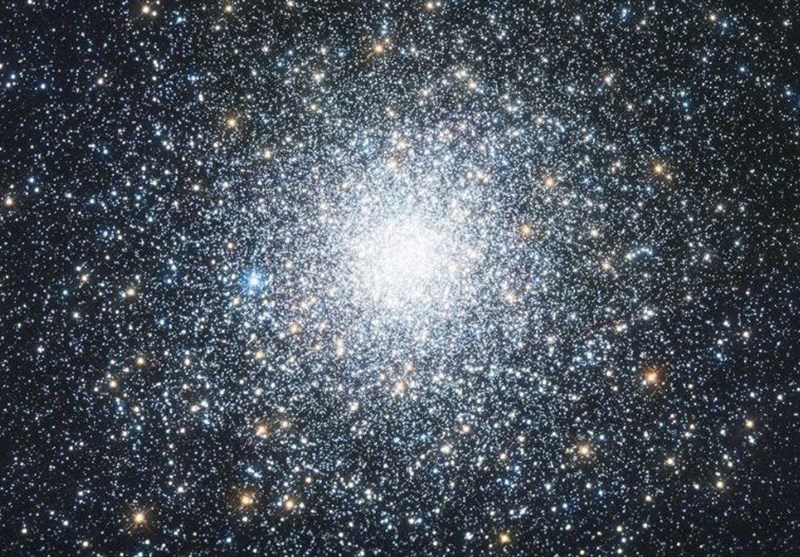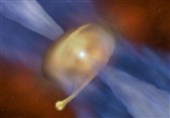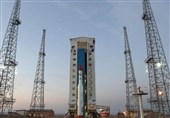Scientists Uncover Signatures of First Stars in Universe
TEHRAN (Tasnim) - The first stars in the universe are long gone, but their signatures may still be writ across space, buried in gas clouds like space fossils. And scientists believe they've uncovered one.
Researchers at Swinburne University in Melbourne, Australia used their time at the W. M. Keck Observatory, home to two of the world's most powerful telescopes, to go on an astro-archeological dig through space. They discovered a "pristine cloud of gas" in the distant universe, seemingly untouched by heavy elements, suggesting it may be a "fossil relic" of the Big Bang, Cnet reported.
Space fossils
How do you find a fossil relic in space?
Well, the universe has had quite a few birthdays -- it's some 13.7 billion years old. Over that time, a lot of stars have lived and died. At the end of a star's life, it can sometimes explode, becoming a supernovae. This massive explosion spews out a lot of waste heavy elements (metals), so generally when scientists look into space, they often find gas clouds murky with this material. Over 13.7 billion years, a lot of stars have exploded -- so there's a lot of waste in the clouds.
Examining these gas clouds allows for scientists to gather insight on some of the earliest events in the universe. If the gas clouds are unspoiled by the waste, they may have existed in the infant universe.
The research team think they've identified one that's practically untouched by waste heavy elements.
"Our inspiration is actually to find relics of the first stars in the universe," said Professor Michael Murphy, one of the lead researchers on the study. Gas clouds that are relics of the first stars would be "almost pristine", according to Murphy, so there would still be traces of the heavy element waste within them.
But the fossil relic they found had no detectable levels of waste -- it was completely clean -- suggesting it comes from the very early universe and has been untouched for 1.5 billion years after the Big Bang.
"This discovery – a seemingly pristine cloud – is really important," said Murphy. "We need to know whether such clouds can last billions of years without being polluted by multiple generations of stars."
Before this discovery, only two such gas clouds had been discovered -- and those discoveries were mostly accidental. By actively seeking out the gas clouds and demonstrating that they are unspoiled by heavy elements, Murphy's team has shown that it's possible to go digging for them.
"Now we've proven that we can systematically find such fossils, we really have a chance of knowing how rare or common they are," said Murphy. "That's crucial for testing our understanding of how the first galaxies formed."
The first stars
It's not the first time these relic gas clouds have proven fruitful for Swinburne researchers. In 2016, the team discovered an "almost pristine" gas cloud using data from the Very Large Telescope in Chile.
"It proved that trying to hunt for these clouds – and the completely pristine clouds like the one we've now discovered – in a targeted way was feasible and could, in principle, identify a "smoking gun" signature of the first stars," said Murphy.
However, there may be alternate explanations for why the gas cloud is so clean -- and those explanations are exciting, too.
One possibility is that the cloud is polluted by one of the universe's first stars, leaving only traces of heavy elements, undetectable by the telescopes the team used. Another is that the gas cloud is moving through a galaxy for the very first time, so it has yet to be polluted by other stars just yet.
"This is an exciting possibility because understanding how such gas clouds 'feed' galaxies is a major problem in astrophysics," explained Murphy.
"We'd like to test this possibility by mapping any galaxies near the cloud in future."
And so searching for the earliest signatures scribbled across the cosmos continues.






